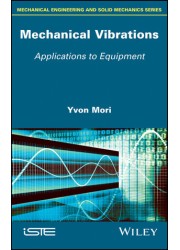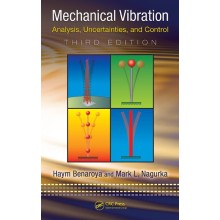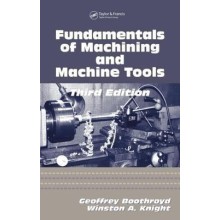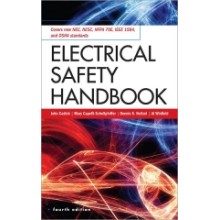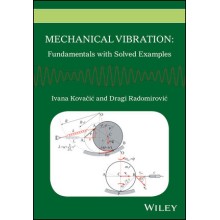Mechanical Vibrations: Applications to Equipment
Quantity:
-
Add to Compare
The purpose of this book is to clarify the issues related to the environment of mechanical vibrations in the material life profile. In particular, through their simulation testing laboratory, through a better understanding of the physical phenomenon, means to implement to simulate, measurements and interpretations associated results. It is aimed at development of technical consultants, quality and services primarily to those testing laboratories, as well as to all those who are faced with supply reference to the environmental test calls and particularly here, vibration tests. Furthermore it should also interest students of engineering schools in the areas of competence of their future professions affected by vibration.
Preface ix
Chapter 1 Vibration Theory 1
1.1 Problem 1
1.2 Different types of mechanical signals 4
1.3 Theory of vibration - reminders 19
1.4 Concept of mechanical impedance 46
1.5 Electromechanical analogies 68
1.6 Analog and logic computer simulation 78
1.7 Conclusion 80
Chapter 2 Signal Analysis 81
2.1 Overview 81
2.2 Spectra density of power 85
2.3 FS-Fourier Integral 103
Chapter 3 Test Preparation 109
3.1 Test demand analysis and associated test specifications 109
3.2 Test initiation 111
3.3 Test fixtures 112
3.4 Test execution 125
3.5 Test reporting 126
Chapter 4 Testing 129
4.1 Sine vibration tests 129
4.2 Vibration testing in noise or random 146
4.3 Specific tests 158
Chapter 5 Equipment Applications 163
5.1 Vibration sources and effects 163
5.2 Electronic equipment 167
5.3 Design of electronic equipment to vibrations 170
5.4 Study of a particular case - example of analysis of an electronic bay 191
Chapter 6 Controlling Generations of Vibrations and Shocks 197
6.1 General principles 197
6.2 Typical configuration of the equipment used 199
6.3 Traceability of tests 199
6.4 Control in sinusoidal mode 200
6.5 Random control 207
6.6 Shock and transient control 215
6.7 Combined vibrations control 223
6.8 Control: a few essential rules 227
Chapter 7 Metrology of Measurement and Testing Methods 229
7.1 Introduction to accelerometer sensors 229
7.2 Measurement amplifiers 239
7.3 Validation and verification of the testing means 245
7.4 Control of metrology in a testing laboratory 246
Chapter 8 Testing Means for Vibrations 253
8.1 Electrodynamic exciters 253
8.2 Hydraulic exciters 281
Conclusion 297
Appendices 299
Bibliography 403
Index 407
Write a review
Your Name:Your Review: Note: HTML is not translated!
Rating: Bad Good
Enter the code in the box below:
Copyright © 2014 Engineering Standards Bureau. All Rights Reserved.
Developed By Zoom Into Web


